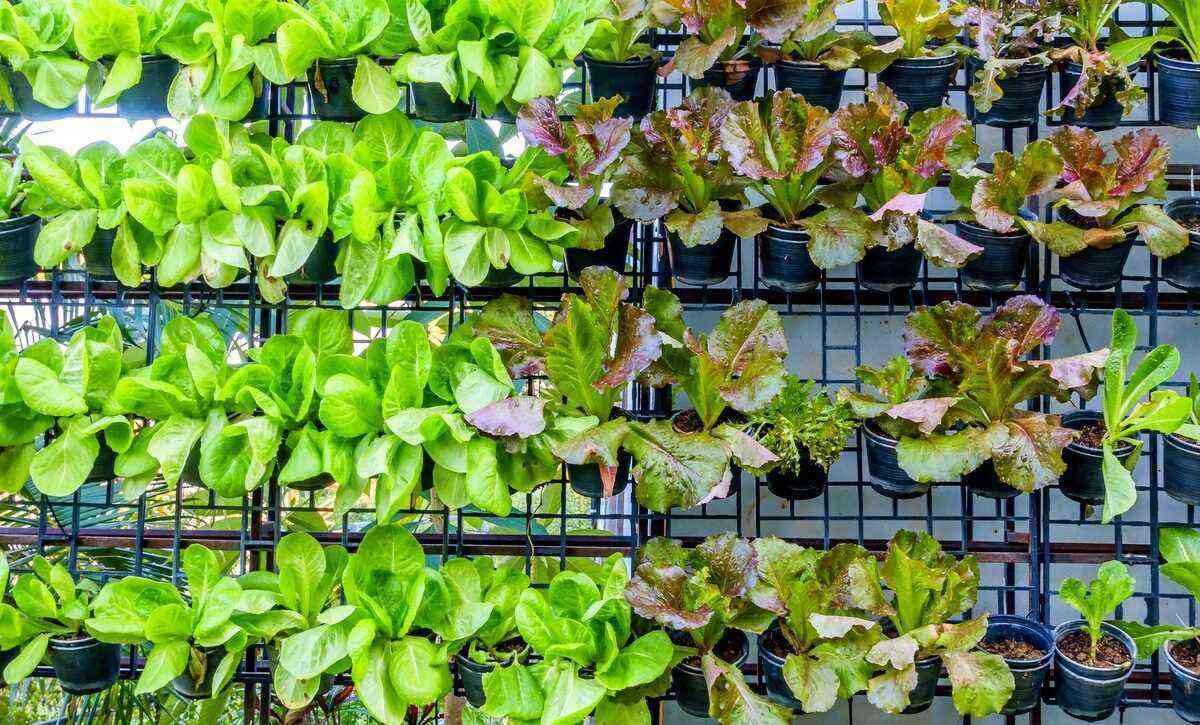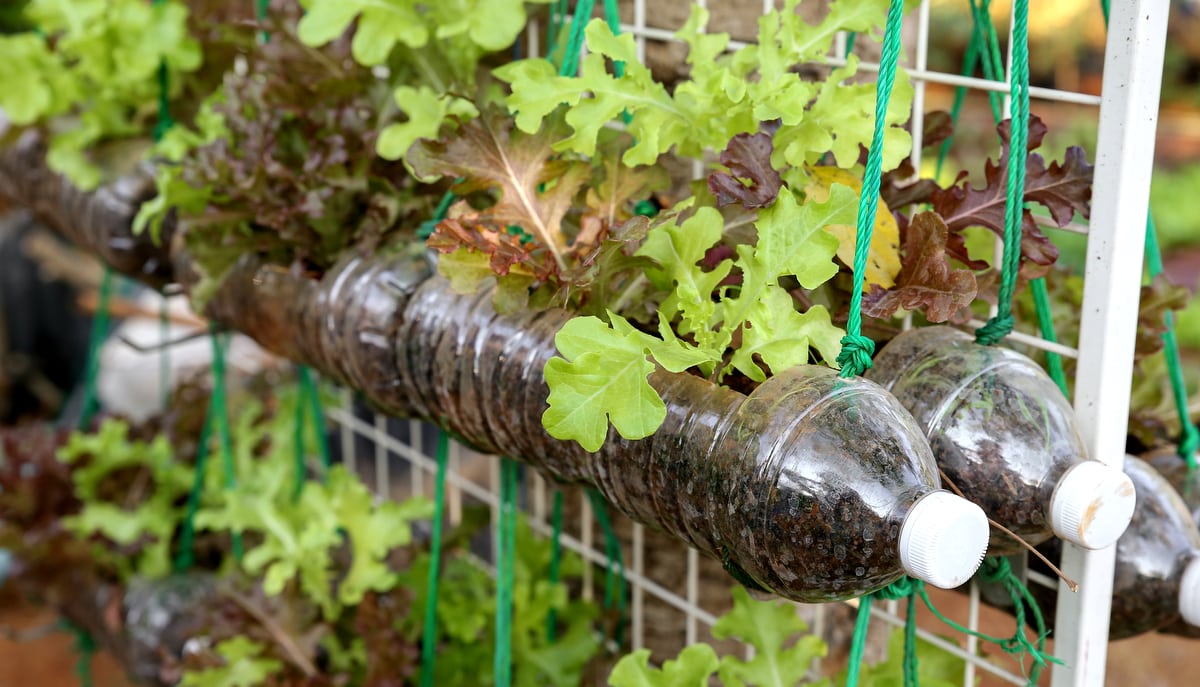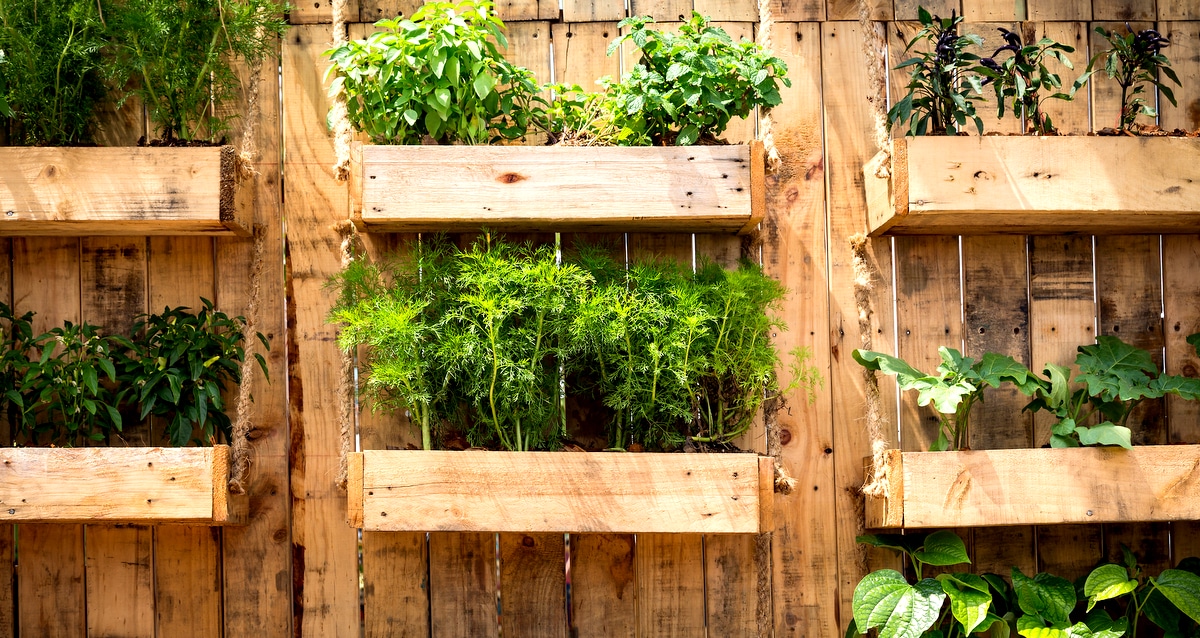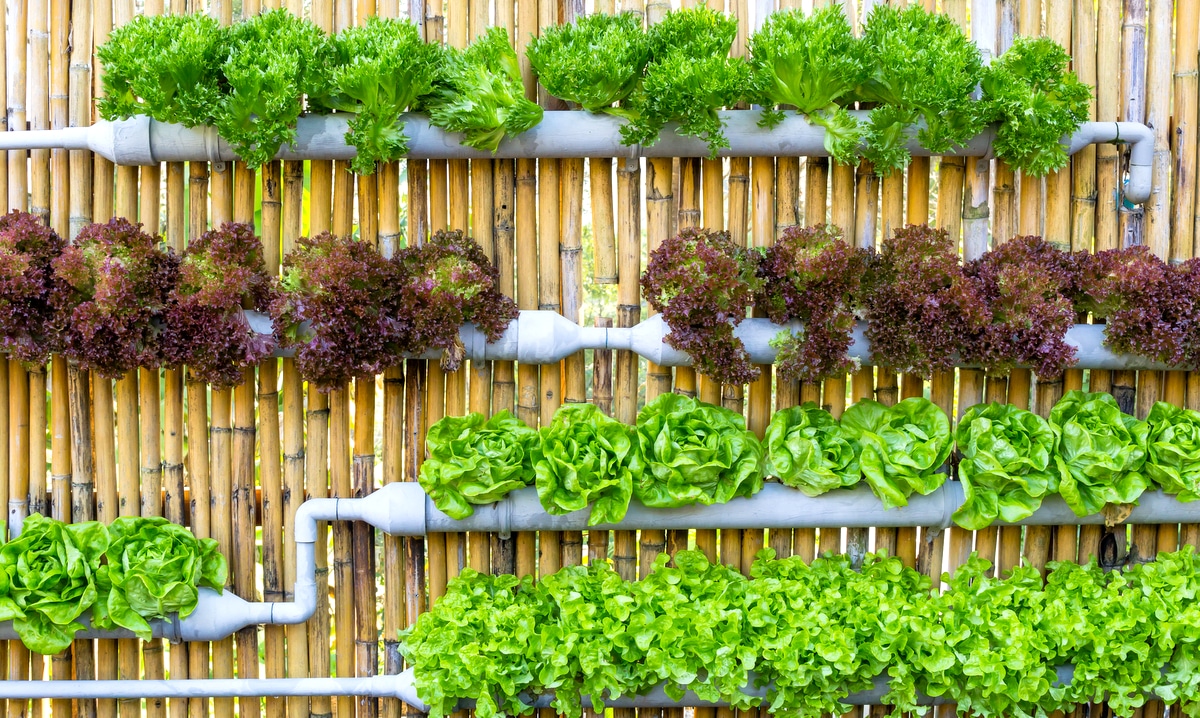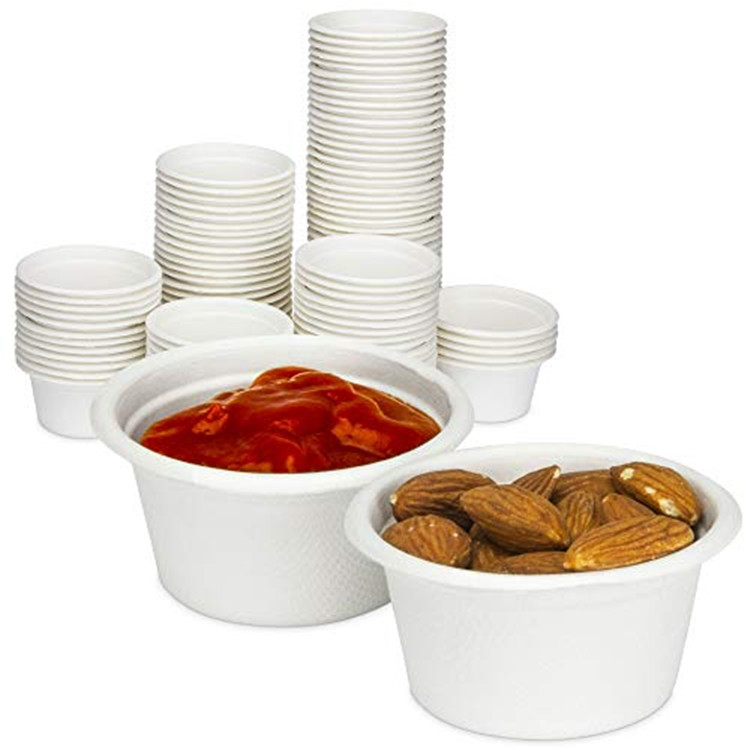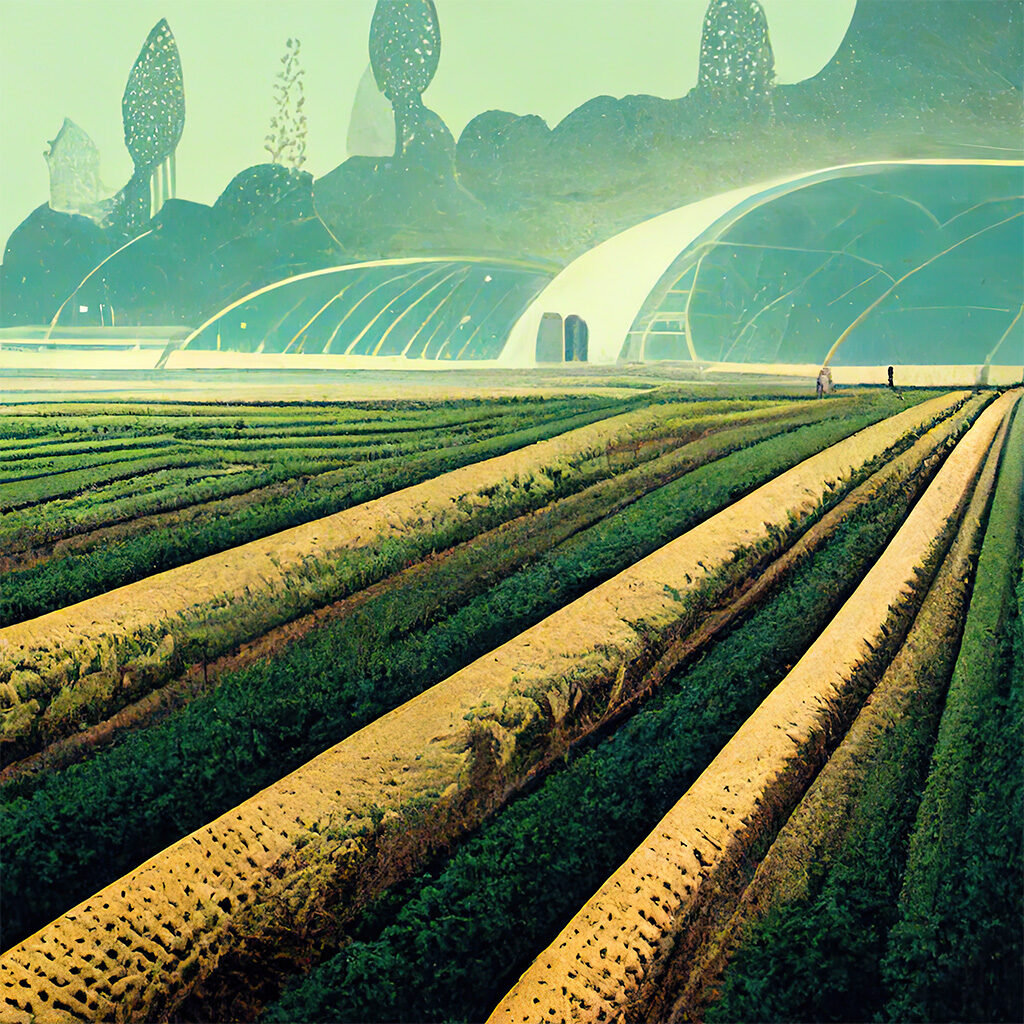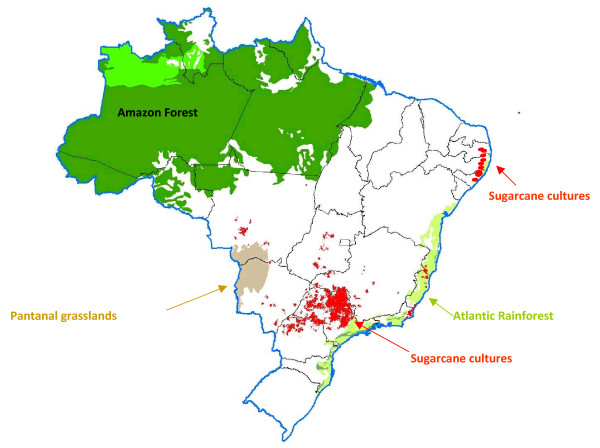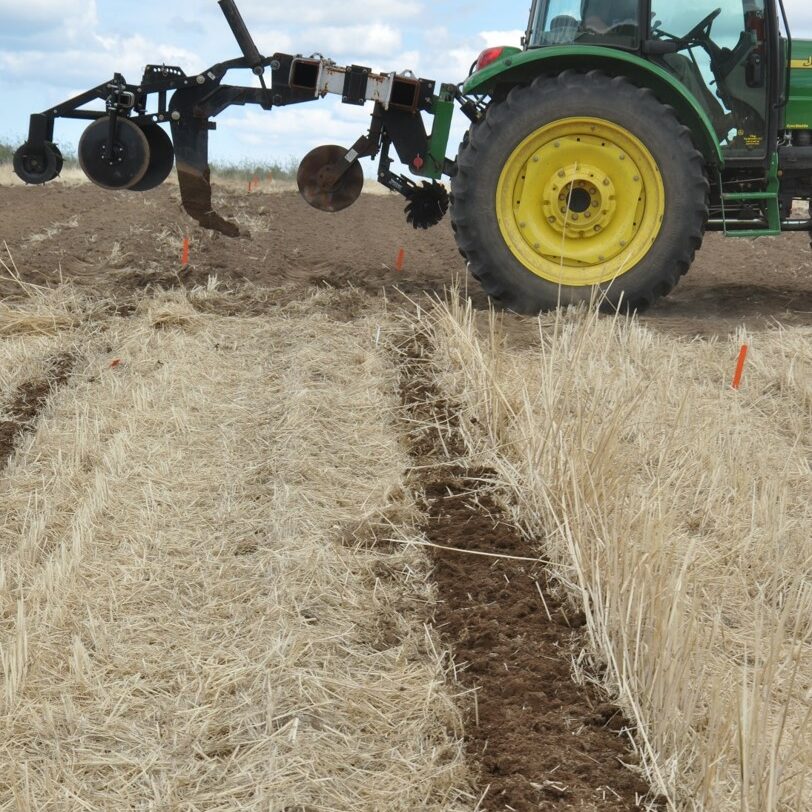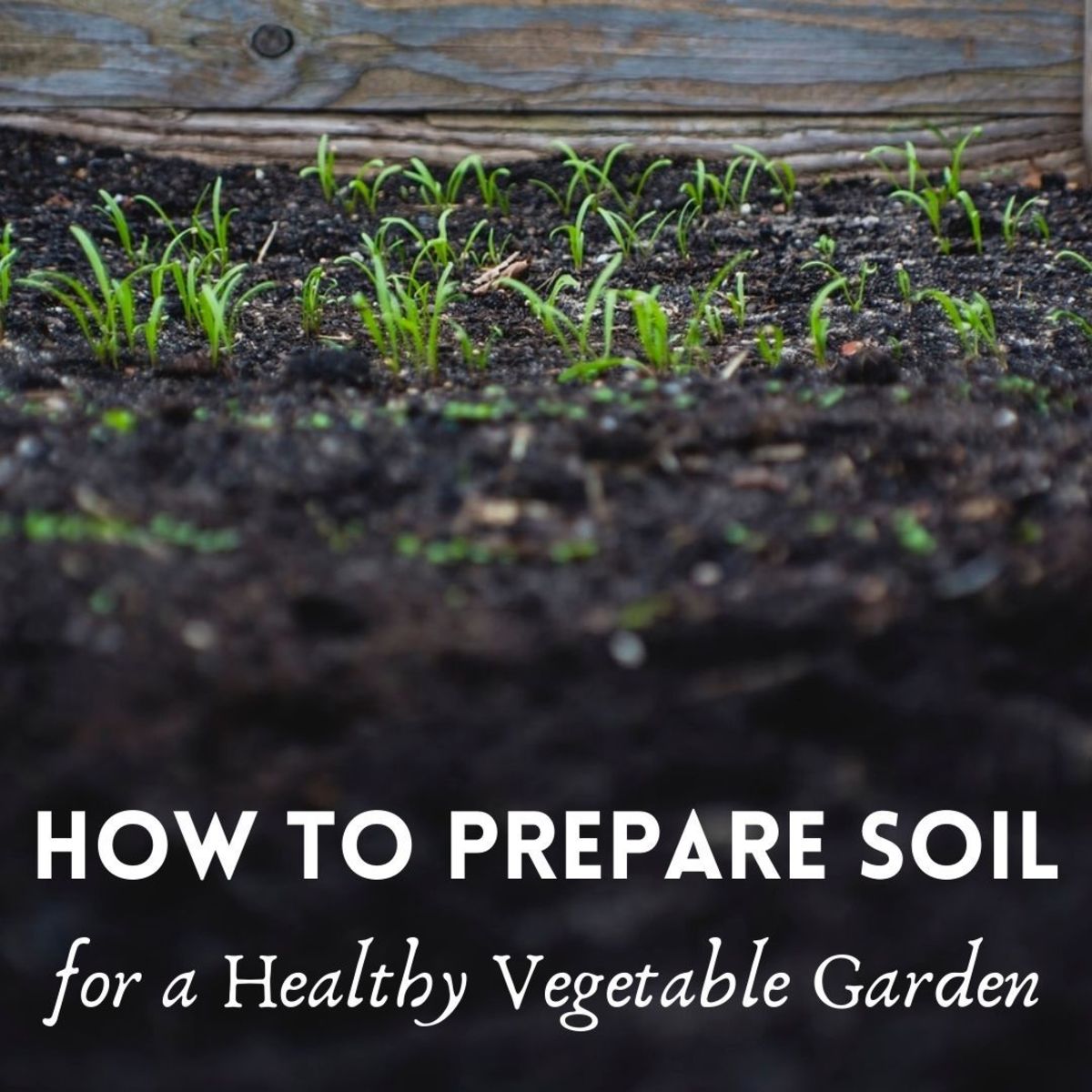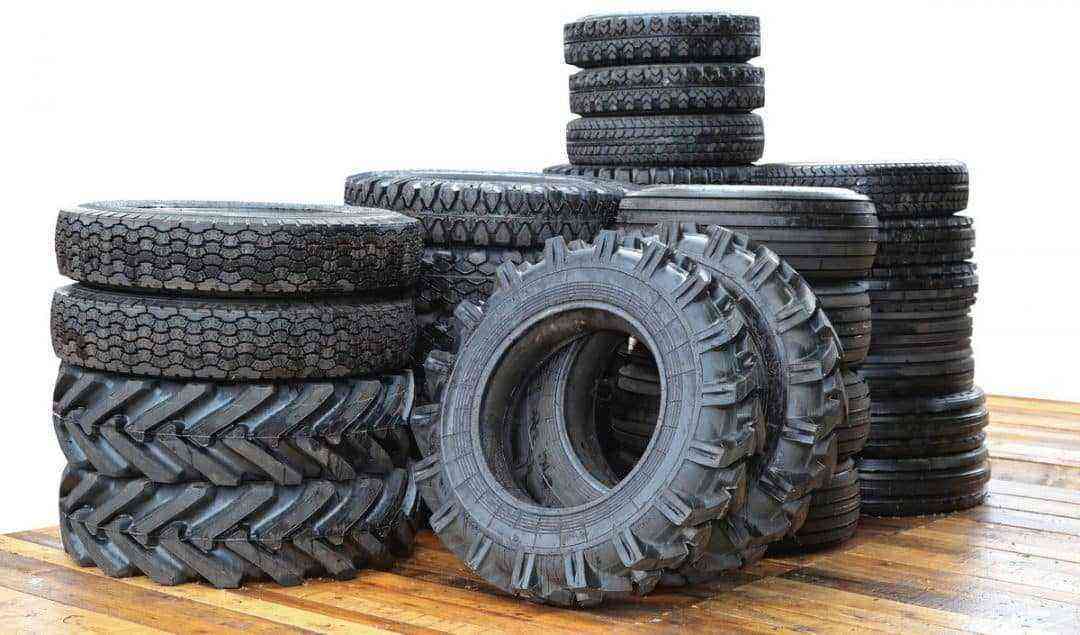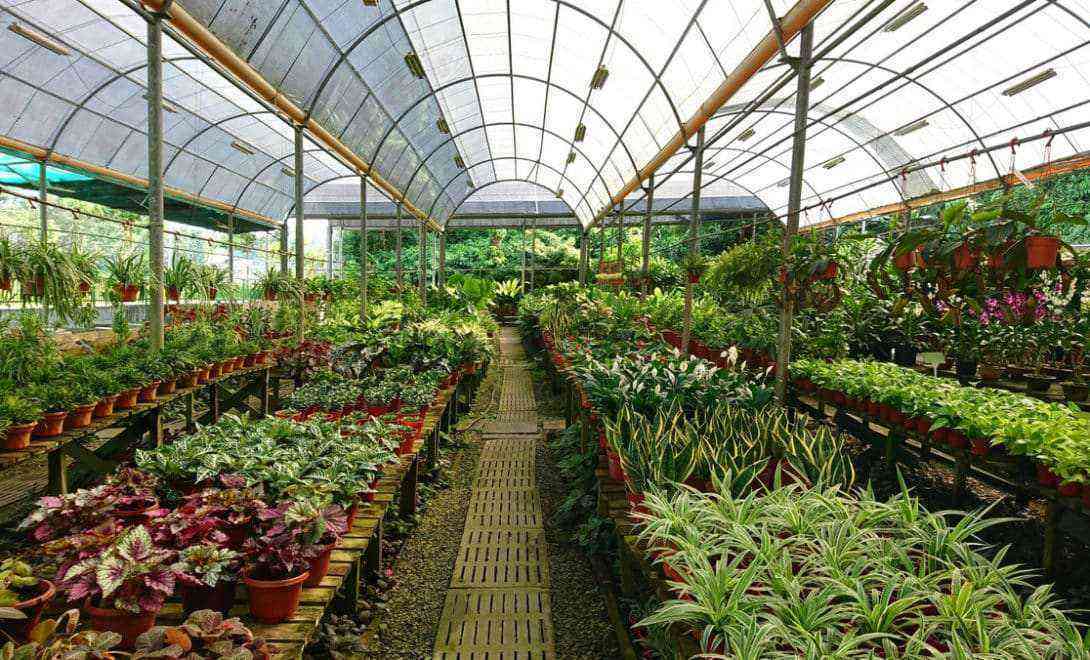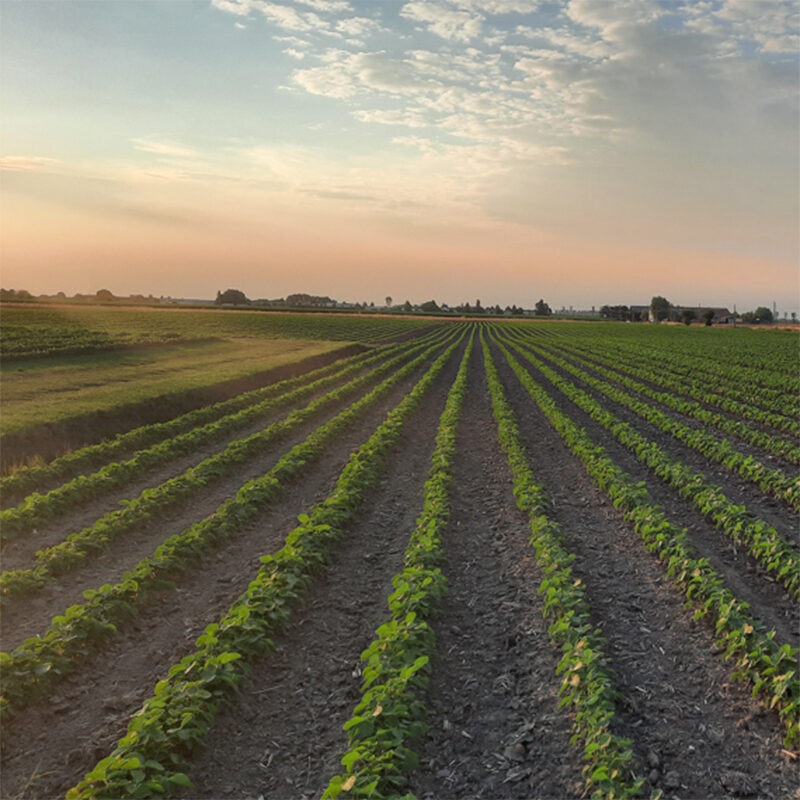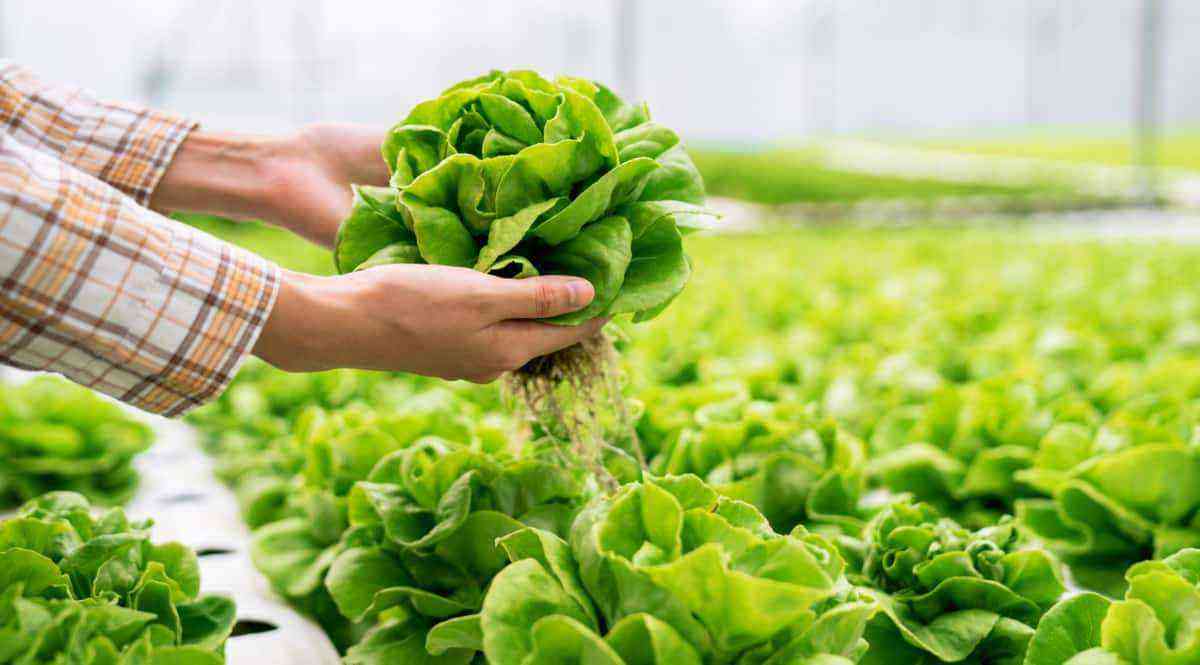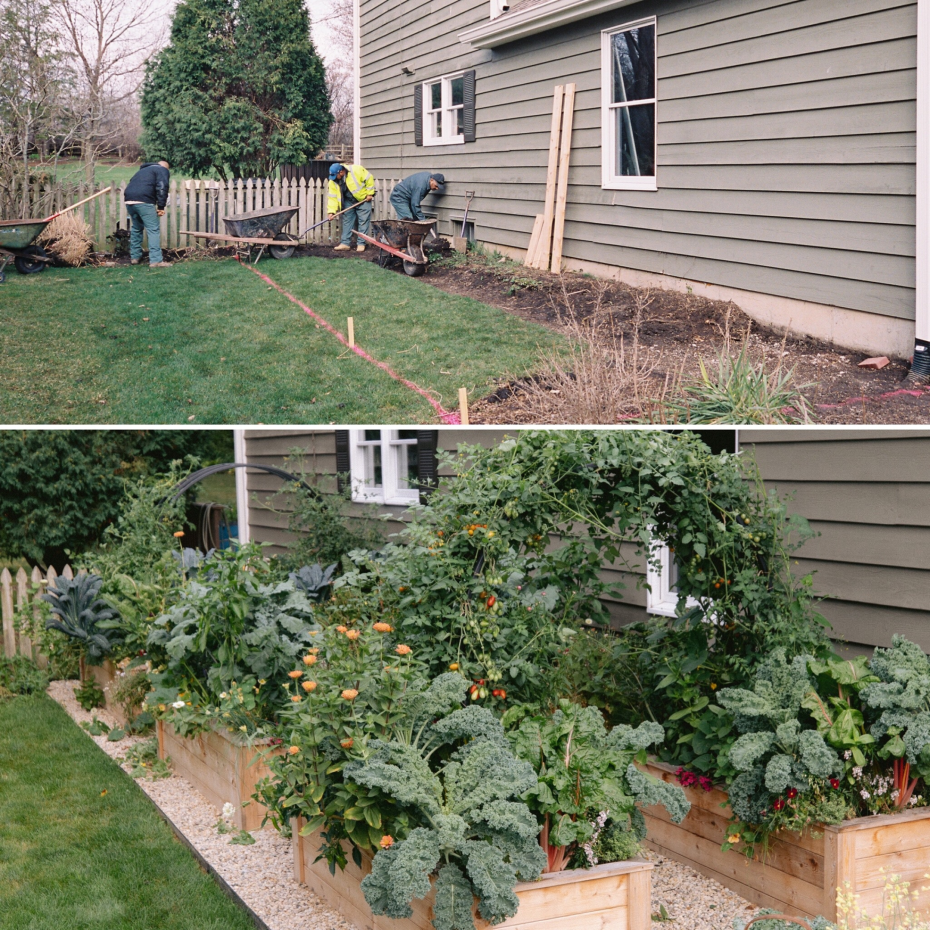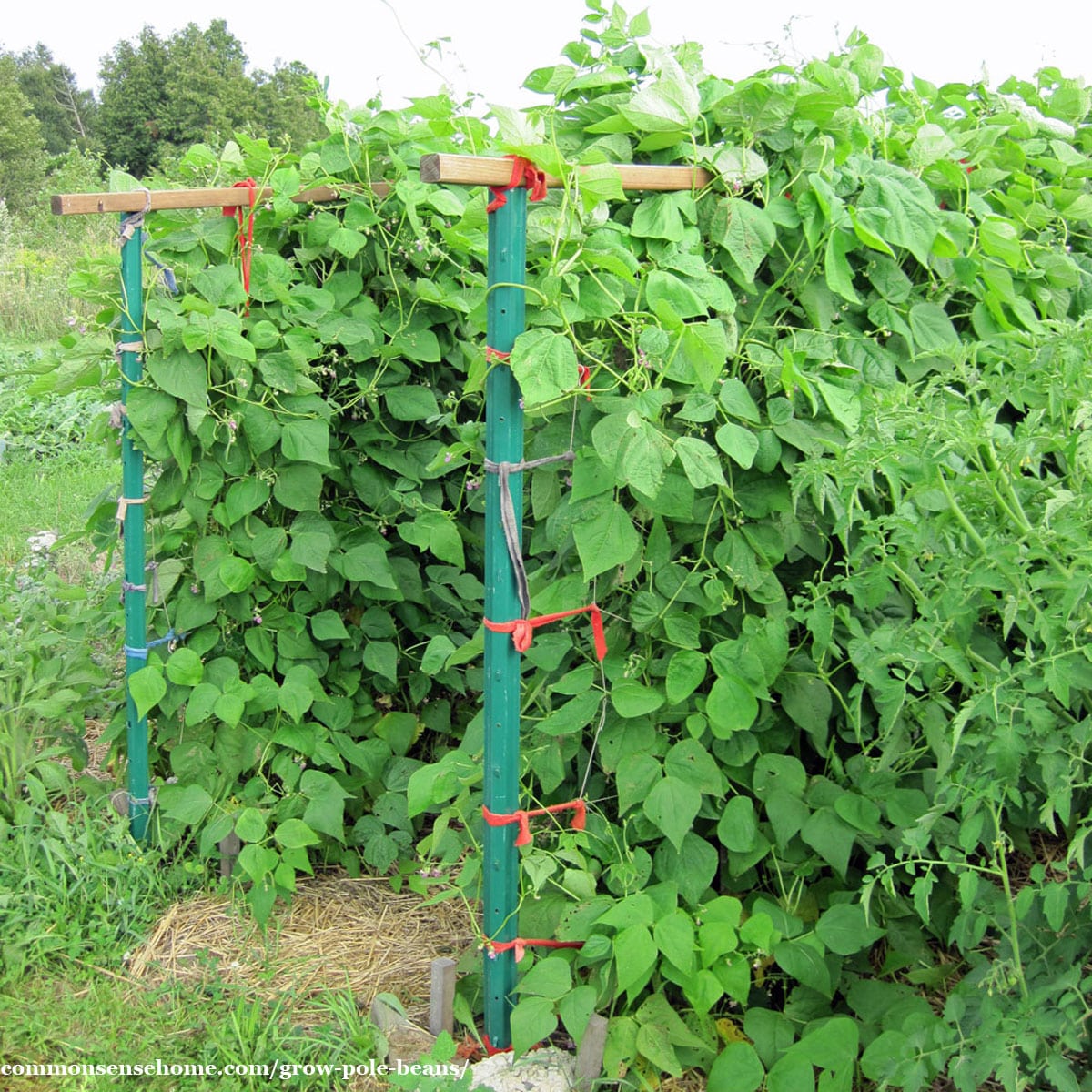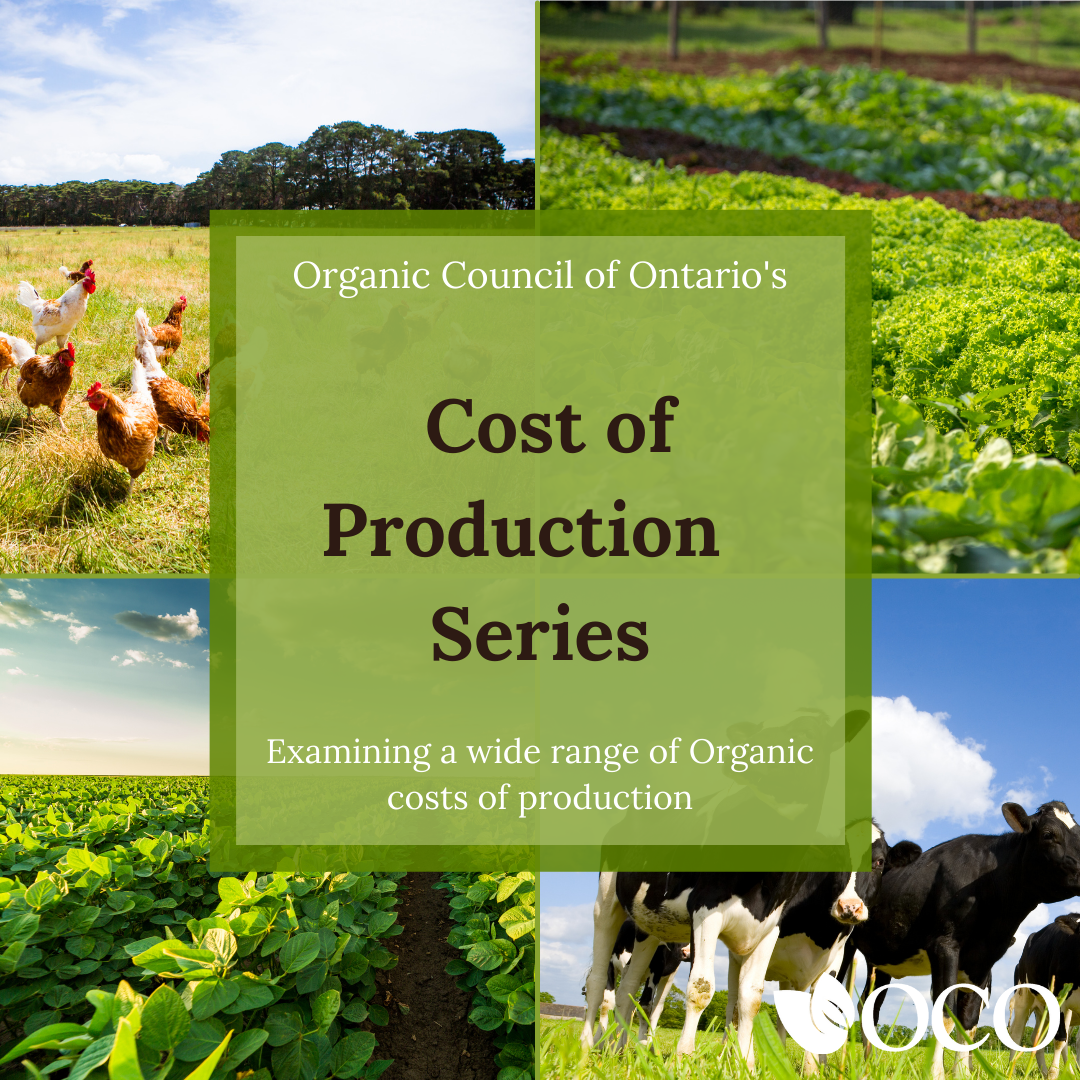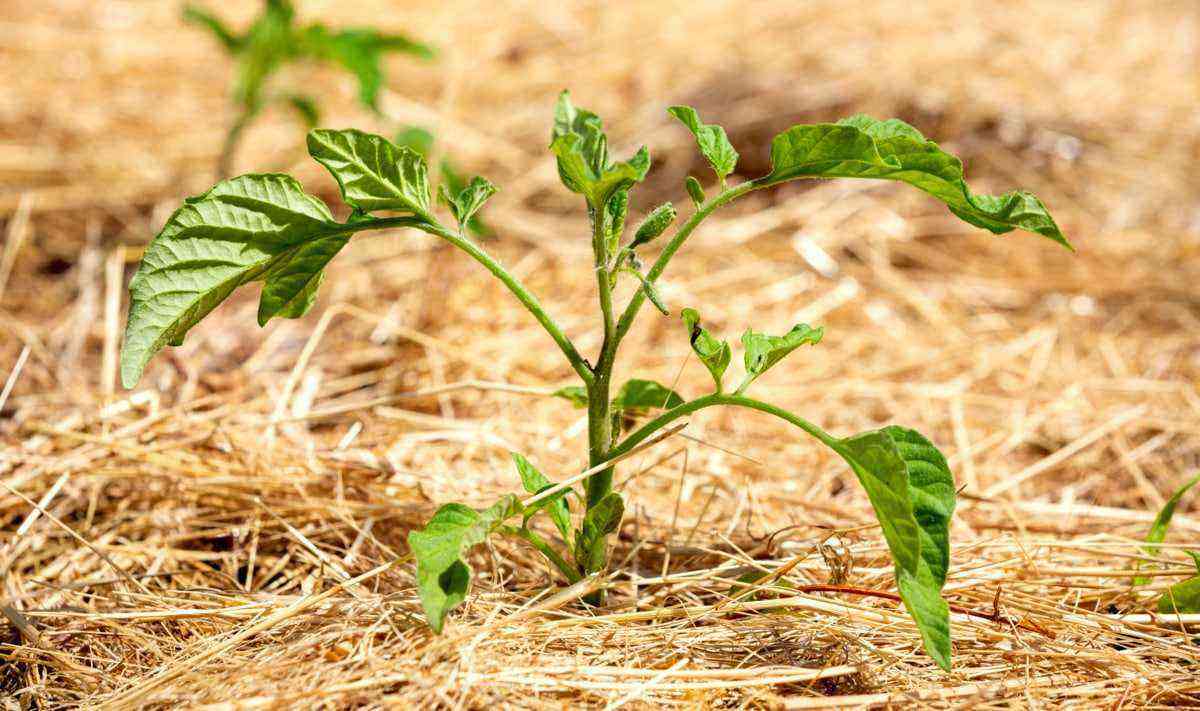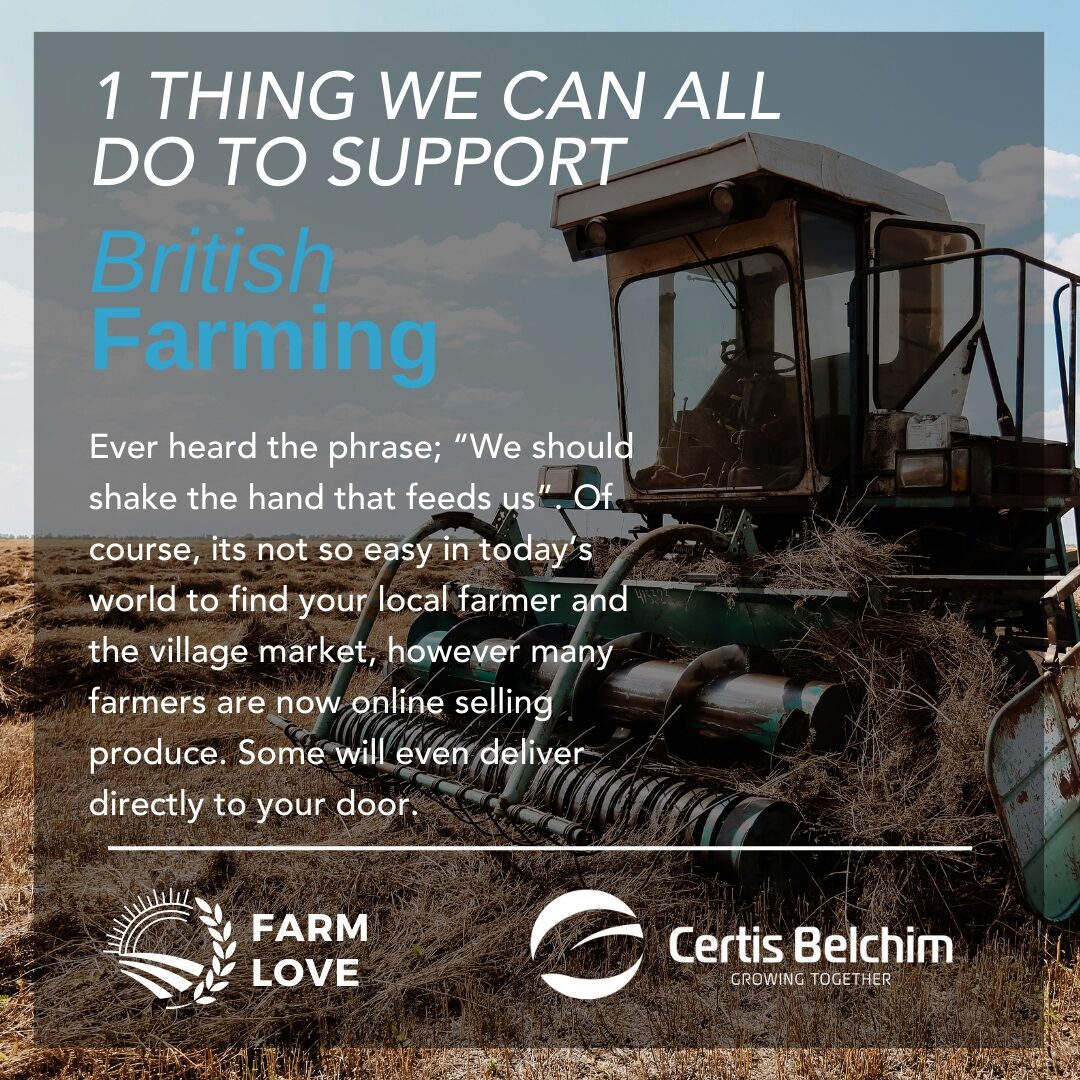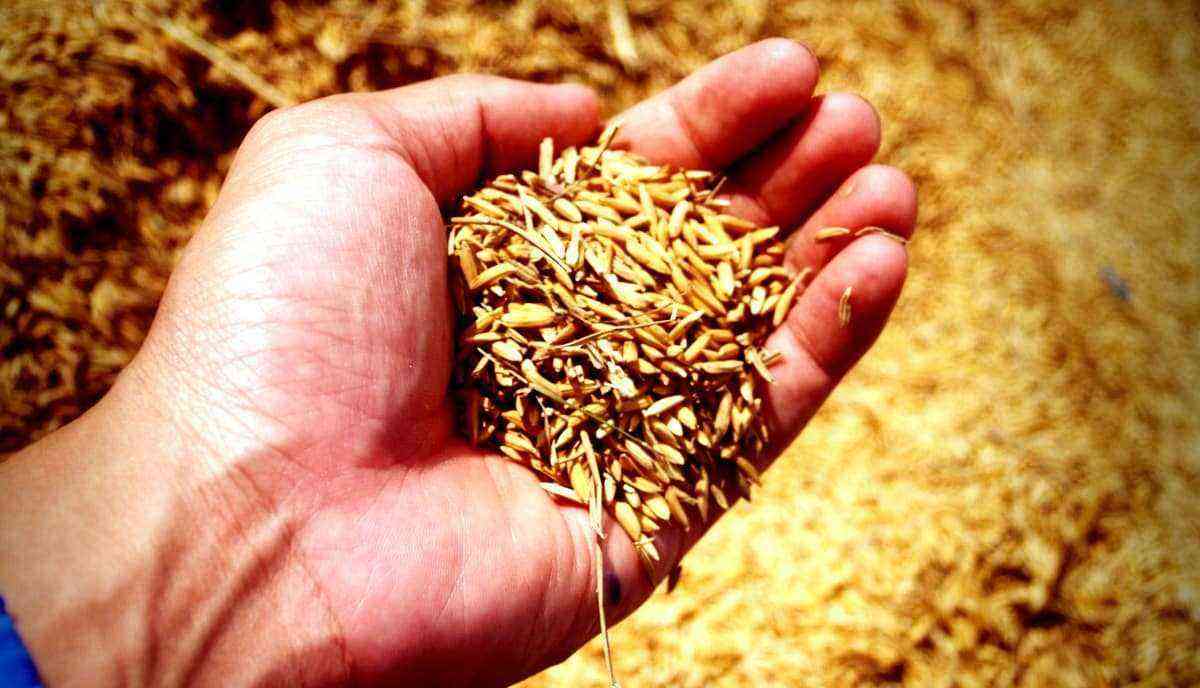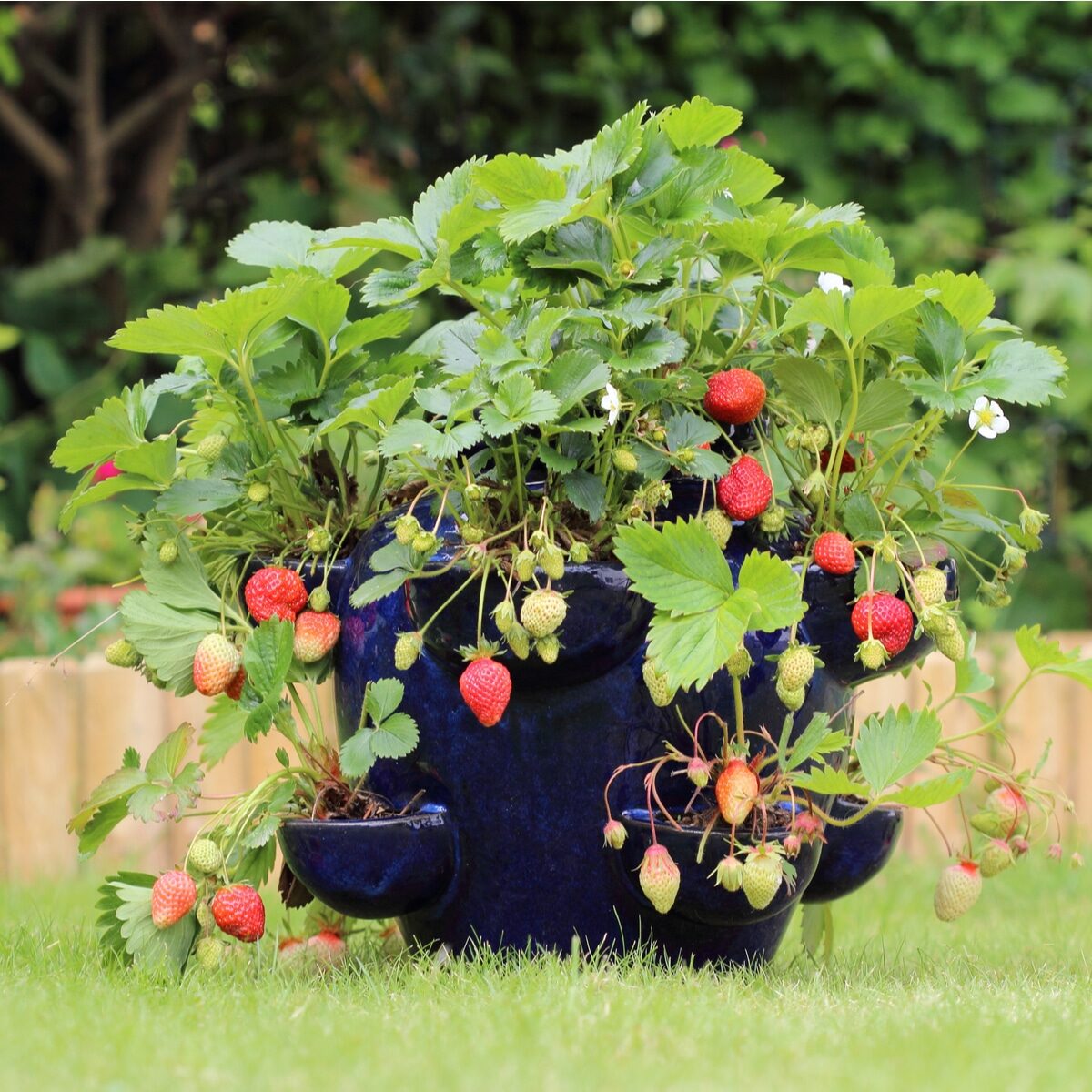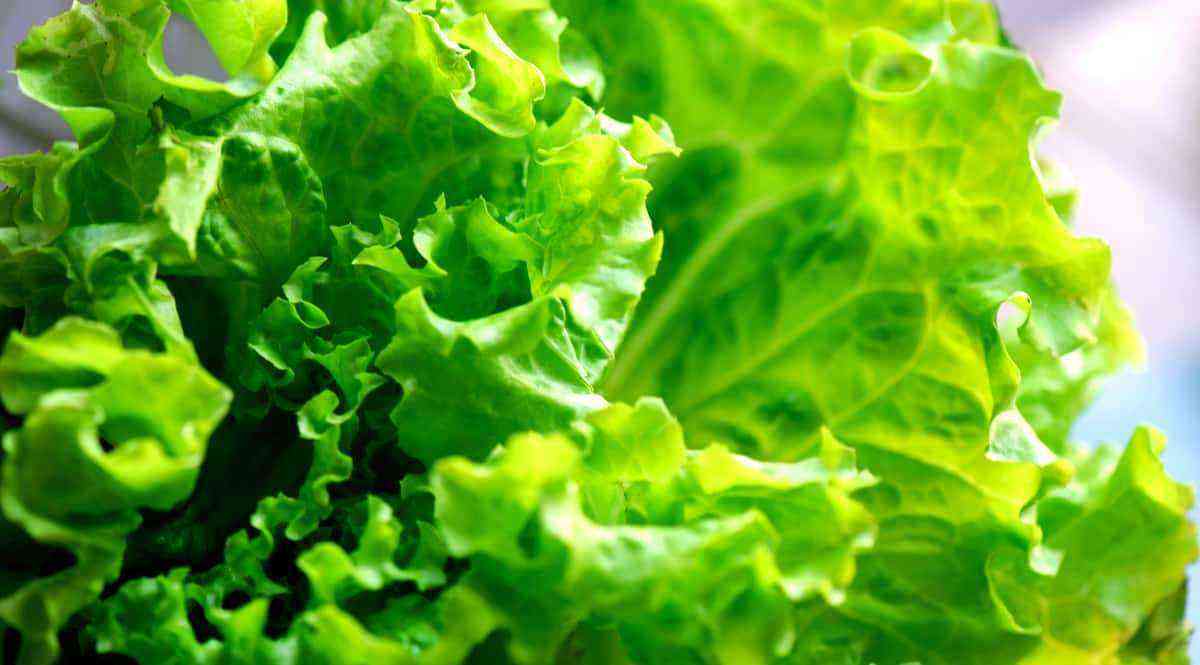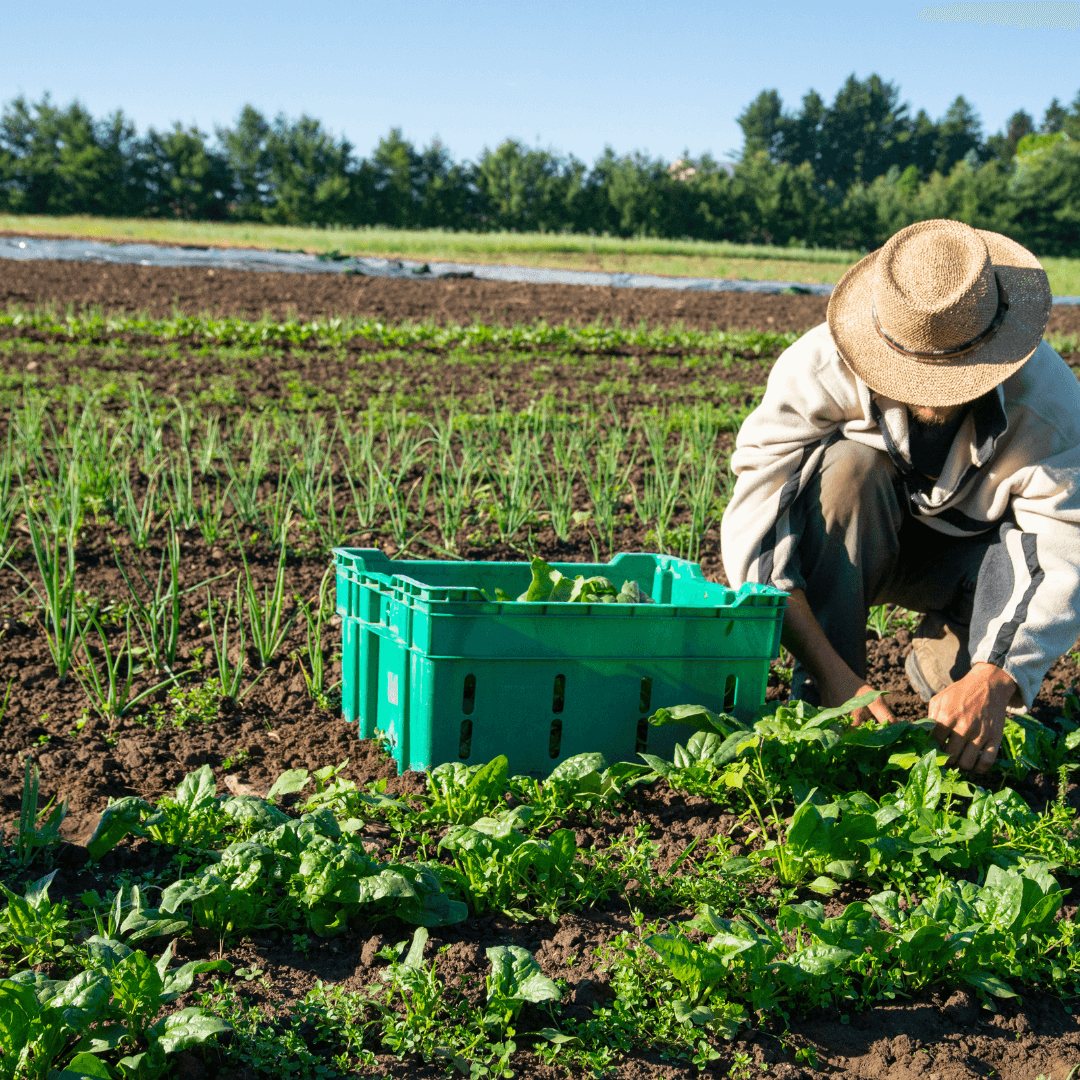Vertical vegetable garden is a good option for those who want to produce their own food, generating autonomy and sustainability, but do not have enough space in their home for a traditional vegetable garden.
In this article, check out 8 tips and ideas that will help you a lot to start your production. Undoubtedly, a vertical vegetable garden provides a different and beautiful look in your home!
What is a vertical vegetable garden?
Certainly consuming fresh food straight from the home garden is a habit that generates a lot of quality of life, isn’t it?
Investing in practical and smart solutions for food production is also a healthy and sustainable alternative.
After all, vertical gardens are production systems that optimize spaces and promote food production to serve homes, institutions and even for marketing purposes.
A vertical vegetable garden takes up little space. As the cultivation is normally done on special soils, this contributes to a special flavor of the vegetables.
In fact, the vertical garden emerged as an alternative to make use of spaces, allowing the cultivation of food by people who live in urban areas and apartments, where there is no possibility of cultivation in the soil.
Space limitation is a common factor especially in large cities. As a result, production in the soil becomes unfeasible due to physical deterioration or simply lack of appropriate extension.
Therefore, vertical gardens can be installed on walls and walls, valuing these spaces and bringing productivity to places where it was previously impossible to maintain the cultivation of vegetables and other plants.
Suspended vegetable gardens can be built from different materials, mainly with the use of recyclable items such as PET bottles, pallets, condiment jars, etc.
In this way, a vegetable garden at home can provide many benefits, such as creating green and healthy spaces, providing food, natural remedies, saving, beautifying the environment and feeling of well-being.
What can be grown in a vertical vegetable garden?
As for what can be grown in a vertical garden. Just to exemplify some vegetable and vegetable options: lettuce, coriander, cabbage, chives, arugula, spinach, cherry tomatoes, mint, basil, garlic, pepper, paprika, and various aromatic and medicinal plants.
So, it is important to inform yourself about the care that each of the plants requires, regarding soil fertilization, sowing and harvesting time, irrigation, seedling transplanting, and other details.
Tips for setting up your vertical vegetable garden:
1. Available space
The first step is to define where your garden will be made, measure the available space and calculate how much material will be needed.
The choice of materials used depends on which ones you have more accessible where you live and the proposal of your project.
2. Reuse PET bottles
Those who want to have a more sustainable garden can opt for reuse containers, such as pet bottles, for example.
Pet bottles are very interesting containers for building vegetable gardens and vertical gardens.
In addition to being a widely accessible material, it can be easily manipulated to transform into small suspended beds.
The use of PET bottles is the simplest, cheapest and most efficient system to make a vertical vegetable garden. In addition, it promotes the reuse of bottles that would probably go to waste.
Pet bottles must be used horizontally. In the center, a circular cut should be made where the planting will be done.
Thus, they can be arranged in different ways, the most common is the use of wires or chains that support several bottles positioned at a certain distance from each other.
They can also be fixed to any structure that can be made of wood, pallets, railings, etc.
3. Pallets
Among the most popular models of vertical garden are those that use pallets as a structure. They are certainly made of wood whose material is normally discarded by companies or sold at affordable prices.
Pallets are used to hold containers used for planting vegetables and also give a special emphasis to the environment.
The pallets must be suitable for receiving the plants. In general, they are fixed to the wall and the containers used for planting are screwed to them.
Anyone with woodworking skills can customize the pallet garden according to the style they want, as it is a very dynamic material.
4. PVC pipes
Another inexpensive material that allows for several different layouts in the vertical garden is PVC (Polyvinylchloride) pipe.
With it, it is possible to create several planting lines, one superimposed on the other, or even more daring designs. Everything will depend on the space you have available and creativity, of course!
Using PVC pipes to make a vertical vegetable garden is another practical option to guarantee the production of vegetables.
Walkthrough:
1- With the help of the measuring tape and the pen, mark a straight line from one end of the gutter to the other. Then, with the drill, make holes 5 to 10 cm apart from each other;
2- Choose the place where the vegetable garden will be suspended (it can be on a wall or on a wooden support). Then fix the two hooks together — so you know the correct distance between them. Take the gutter and calculate the distance between the third holes of the two ends;
3- Next, pass the two steel cables through the third holes at each end of the gutter. At the bottom of the bracket, secure the steel tube with a rivet and finish with a metal ring. Then, attach the cables to the hooks. Then just fit the PVC caps.
By the way, with the use of PVC pipes in a vertical garden it is possible to plant different types of plants. At the video below, a producer teaches how to set up this system that guarantees fresh fruits and vegetables at home, without taking up too much space:
Source: TV Site.
5. Choose the correct plants
In addition, when choosing what to plant, take into account the amount of sun that each plant needs, whether the roots grow a lot or not, how much space they need to grow, among other information.
In addition, it will serve to select the ideal plants for the place you have available and which containers to use. If it is a place with low solar incidence, for example, the ideal are plants that do not need so much daily exposure.
6. Type of irrigation
It is also necessary to define which irrigation system will be, whether it will be manual or automatic. In vertical gardens, the land dries faster and, therefore, watering should happen daily.
Therefore, depending on the garden model, the ideal is to place the plants that need less water at the top and those that like more, below. That way the bottom vases will use more water and stay damp for longer.
7. Vegetable garden in buckets
Another option is to place buckets on top of each other, turning them into a flower bed.
This model takes up very little space and does not require the use of the wall. It is an interesting model for small crops, in the form of a vertical vegetable garden.
8. Look for inspiration
There are thousands of models of vertical gardens on the internet that are interesting sources of inspiration.
Pots can also be used as a vertical vegetable garden option. Just be creative!
That’s why it’s nice to do an early search to find the model you like best and that matches the space you have, considering both functional and aesthetic aspects.
Enjoy the benefits of your vertical garden
Therefore, for those who already cultivate a vegetable garden, it is an alternative to innovate, especially for those who have never done so, it is an opportunity to learn from nature and maintain daily contact with it. In fact, to provide healthier food for the whole family.
You can maintain your garden care by producing homemade fertilizer. In short, in addition to taking advantage of food waste, it will keep your vegetables stronger and healthier.
But, do you think it’s just these vertical garden tips and options that exist? No! There is so much more. Below, check 100 ideas for your choice. Check out:
Source: Clodomiro Valeiro.
And there’s one more interesting tip: the cultivation of Baby Leaf vegetables that is attracting more and more consumers.
